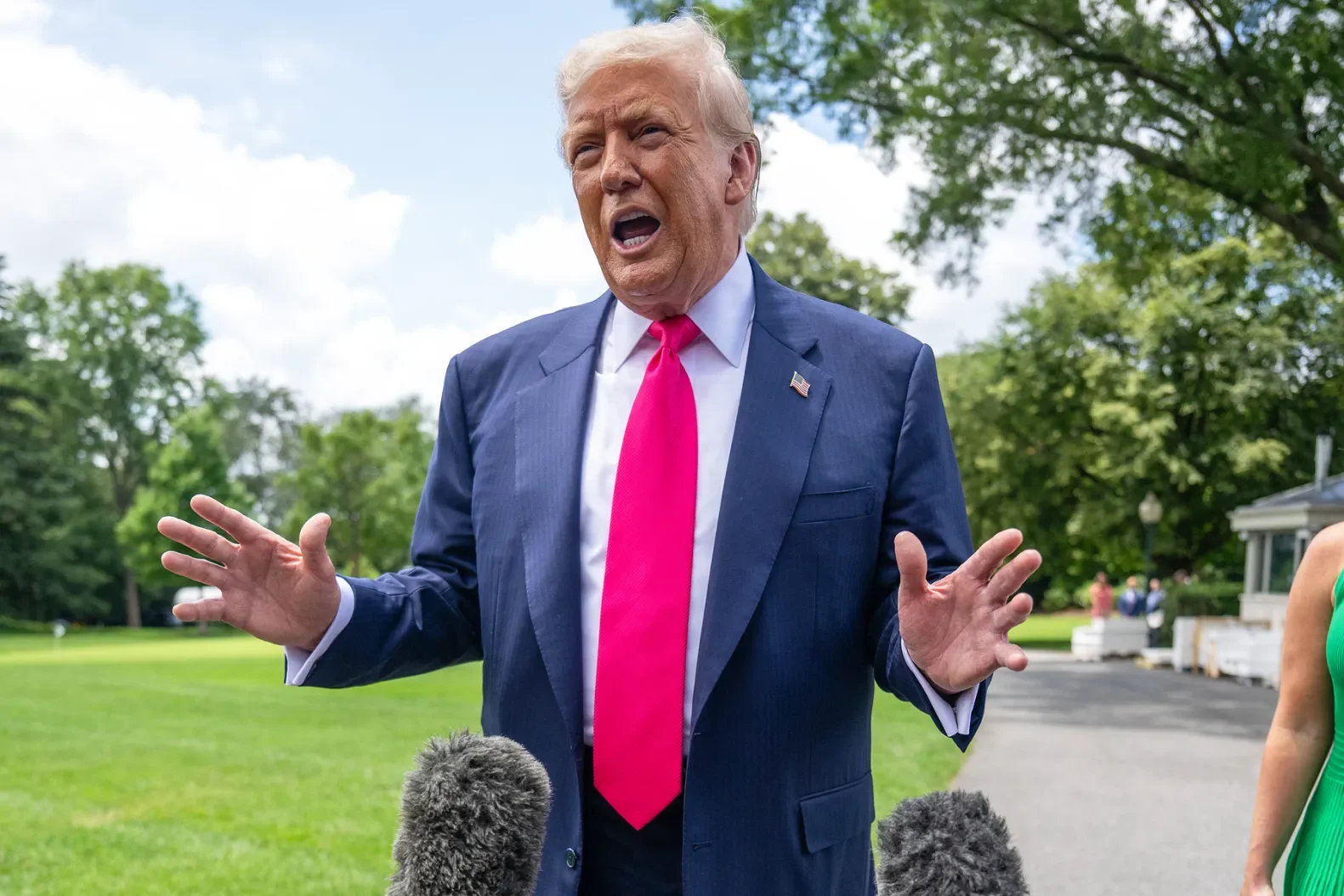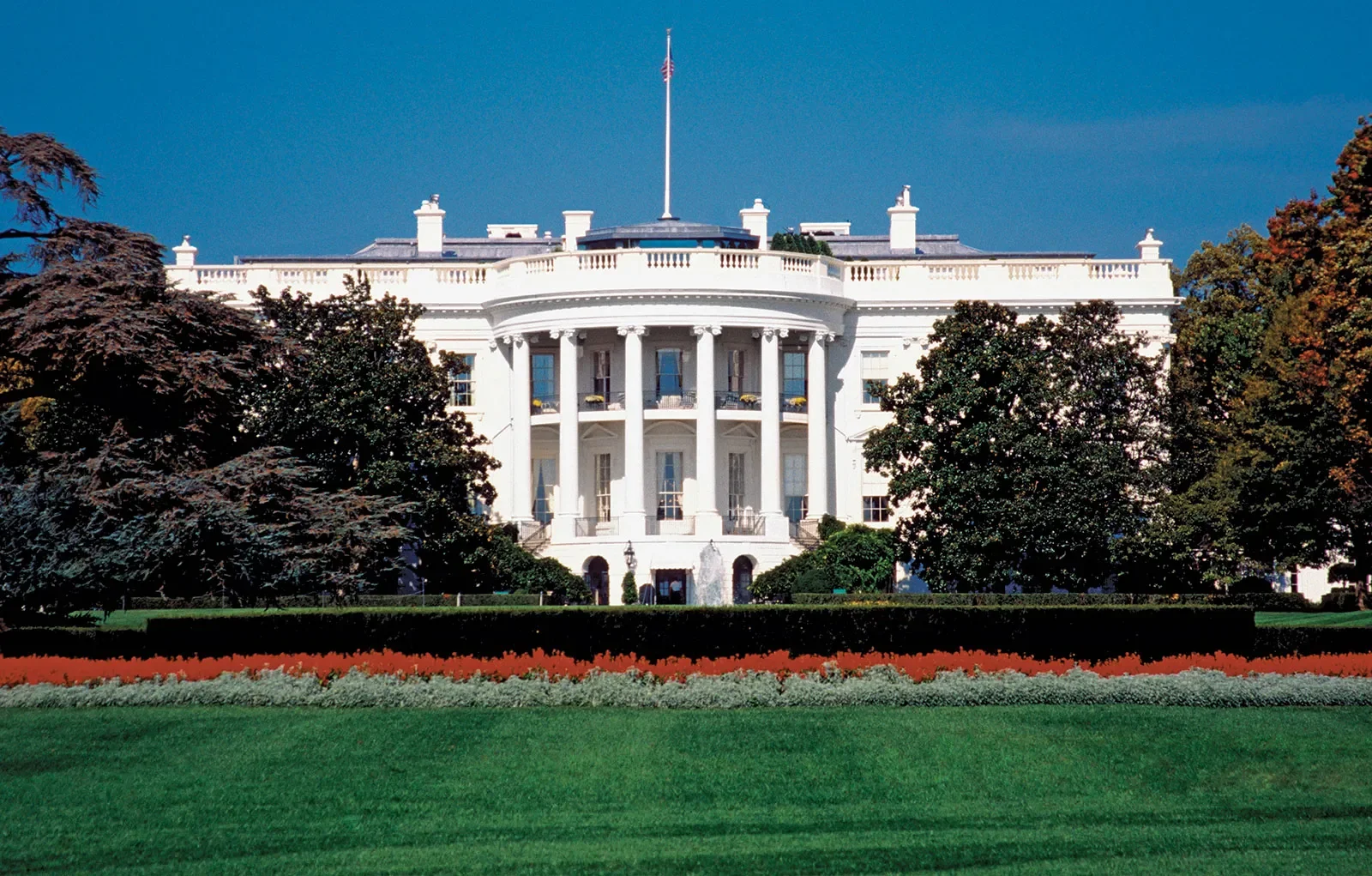Trump’s Cabinet and the Climate: What’s at Stake for the Environment in 2025
On March 2, 2025, we find ourselves at a critical inflection point for climate policy in the United States. With Donald Trump’s return to the presidency, his cabinet appointments are poised to radically reshape how the federal government addresses—or avoids addressing—climate change, renewable energy, conservation, and environmental protection.
2024 was the hottest year on record. Scientists expect 2025 to break that record again. As the world races to stay below the Paris Agreement’s 1.5°C target, the direction taken by the United States—still the second-largest greenhouse gas emitter globally—has global ramifications.
The Backdrop: Progress Under Biden
The Biden administration committed over $370 billion to climate and clean energy through the 2022 Inflation Reduction Act (IRA)—the largest investment in environmental infrastructure in U.S. history. It funded electric vehicle factories, solar and wind power expansion, battery storage, and climate resilience programs. Ironically, 70–80% of these projects were sited in Republican-led states that opposed the IRA in Congress.
Now, Trump’s new cabinet signals a sharp pivot away from climate action—and potentially a rollback of every major environmental gain of the last four years.
Cabinet Picks and Climate Impact
Elon Musk – Department of Government Efficiency
Mandate: Slash federal programs and staff.
Impact: Agencies like USAID and the EPA are immediate targets.
Musk has defunded USAID, including its wildlife and coral reef programs in Africa and Asia.
He has expressed contradictory views on climate: advocating for sustainable energy on one hand, while saying there’s no need to “rush” renewables on the other.
Marco Rubio – Secretary of State
Rubio denies fossil fuels are the primary cause of climate change.
He argues that mitigation efforts are futile if China doesn’t cut emissions, despite the U.S. being the #2 emitter globally, with just 4.5% of the world’s population.
Under his leadership, expect reduced diplomatic pressure on global climate cooperation.
Pete Hegseth – Secretary of Defense
Known for dismissing climate science as “left-wing control.”
Rejects Pentagon climate assessments that label global warming a “national security threat multiplier.”
This undermines years of defense planning to mitigate climate-driven instability, refugee flows, and global resource conflicts.
Elise Stefanik – U.N. Ambassador
Formerly pro-environment, now aligns with Trump’s fossil fuel expansion agenda.
Her leadership at the U.N. may steer the U.S. away from meaningful participation in climate treaties, adaptation funding, and global emission reduction goals.
Lee Zeldin – Environmental Protection Agency (EPA) Administrator
Promises to support Trump’s “energy dominance” agenda.
Opposes the EPA’s 2009 finding that greenhouse gases endanger public health—a cornerstone of Clean Air Act regulations.
Once acknowledged climate change, but now actively campaigns against climate regulations.
Doug Burgum – Secretary of the Interior
Oversees federal lands, tribal affairs, and resource management.
Supports expanded oil, gas, and mining leases on public lands.
Advocates for “energy dominance” and views public land as part of a “financial balance sheet.”
Despite promoting carbon sequestration on farmland, Burgum has weakened protections for national monuments, migratory birds, and endangered species.
Sean Duffy – Secretary of Transportation
Reversed Biden-era fuel economy standards and electric vehicle incentives.
Plans to lower mileage targets for cars and trucks, favoring fossil-fueled vehicles.
Faces resistance from California and 12 other states, which maintain stricter standards through waivers and manufacturer agreements.
Brooke Rollins – Secretary of Agriculture
Denies recent warming trends and claims climate regulations harm the economy.
Former head of a Texas oil-funded policy group hostile to climate science.
Expected to weaken scientific programs at the USDA that analyze climate impacts on agriculture.
What’s Likely to Happen
Under Trump’s leadership:
Oil, gas, and coal expansion will accelerate.
EPA regulations will be rewritten or repealed.
Public lands and waters will be leased for extraction, not preservation.
Fuel economy standards will be weakened.
Climate science in government may face suppression or neglect.
However, several counterbalances remain:
Courts blocked 80% of Trump’s environmental rollbacks in his first term.
States like California retain strong climate leadership.
Auto manufacturers, already committed to EV transitions, may resist reverting to outdated fuel standards.
Global markets continue to reward clean energy innovation.
What This Means for the Planet
Trump’s return and his cabinet’s fossil fuel alignment come at a time when decisive climate action is more urgent than ever. Every year of delay pushes the Earth closer to irreversible tipping points—melting ice caps, Amazon dieback, and rising sea levels.
According to the Pentagon, climate change threatens national security through:
Resource scarcity
Disease spread
Water and food insecurity
Climate migration and refugee crises
It is not just an environmental issue. It is an economic, humanitarian, and geopolitical crisis in the making.
Final Thoughts
The road ahead will be contentious. Climate groups, legal watchdogs, and state governments will resist rollbacks. International allies may pressure the U.S. to honor its climate pledges. Meanwhile, the clean energy economy may continue growing on its own momentum.
But make no mistake—leadership matters. And this cabinet is positioning the U.S. not as a leader in climate action, but as an anchor dragging global progress backward.


